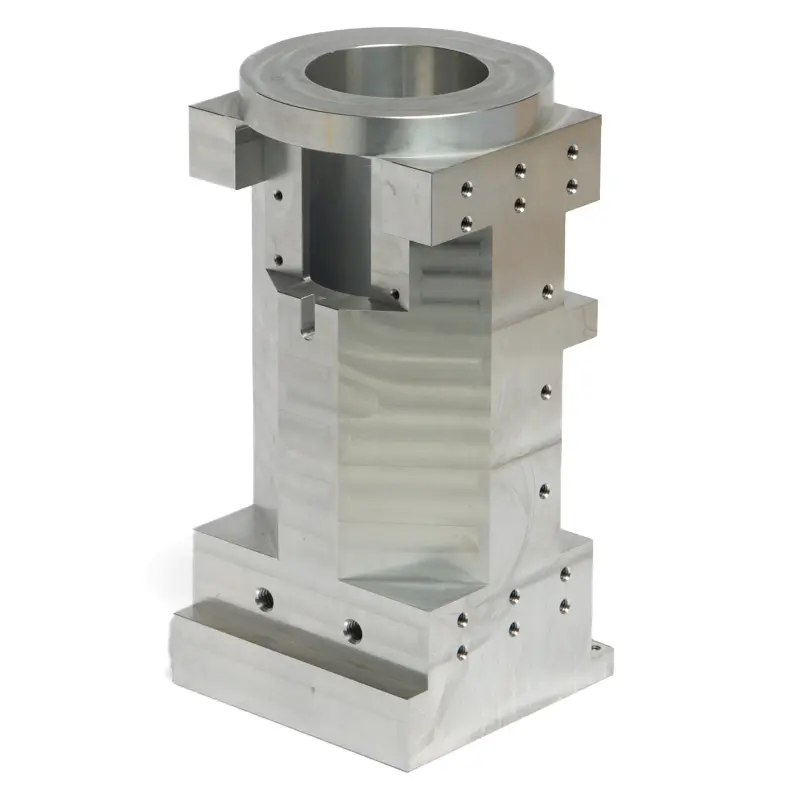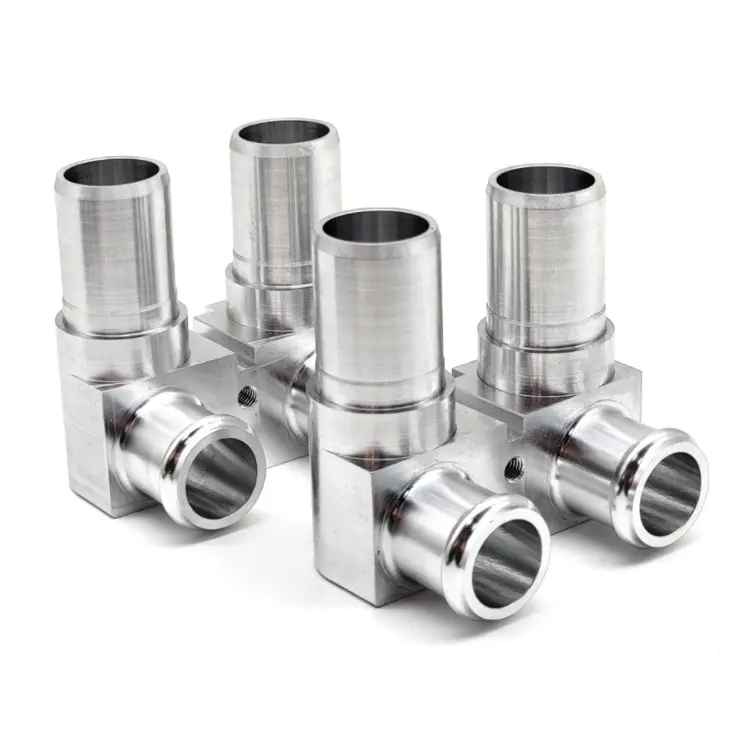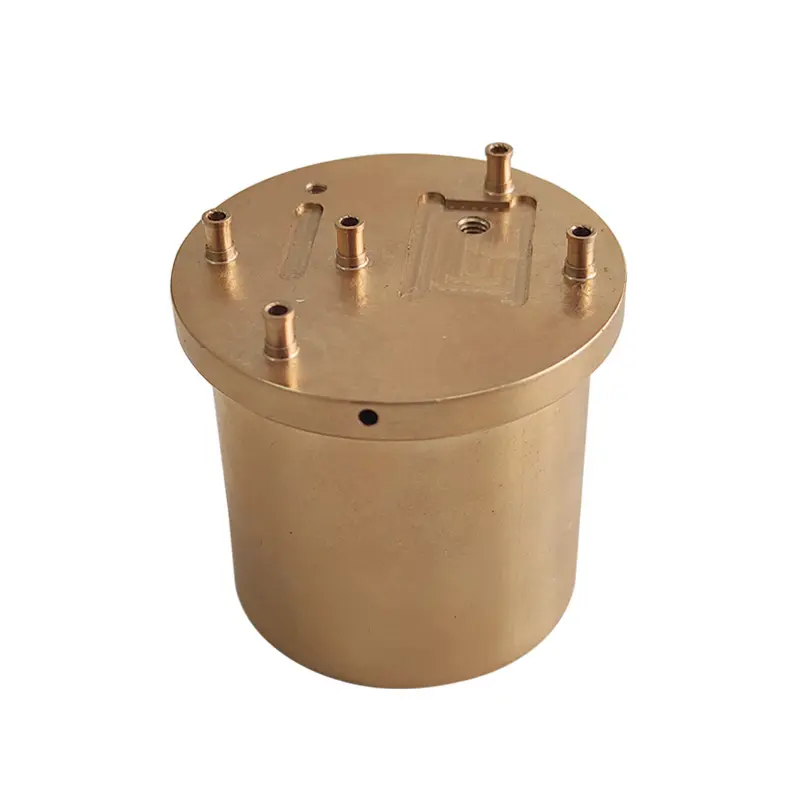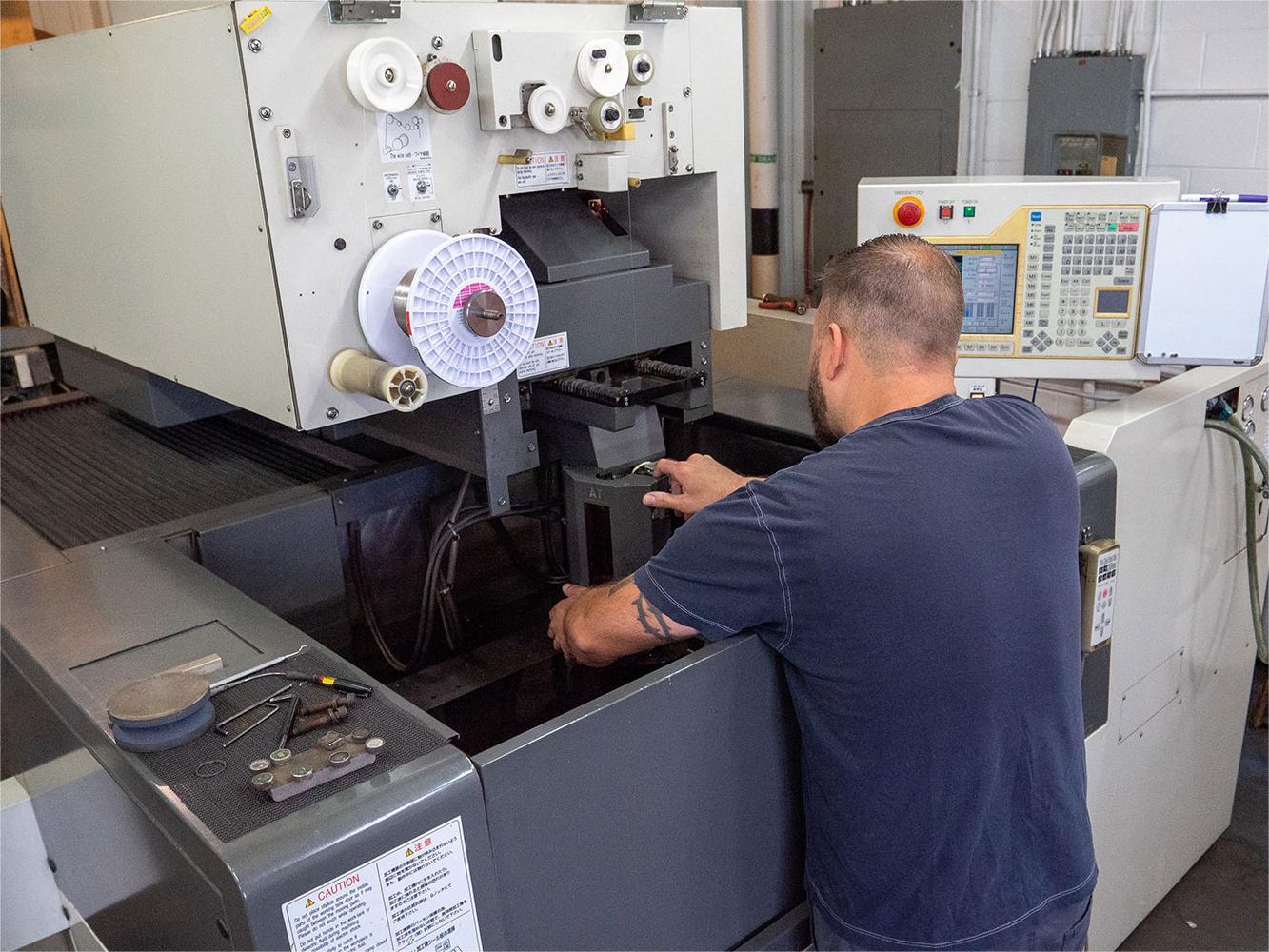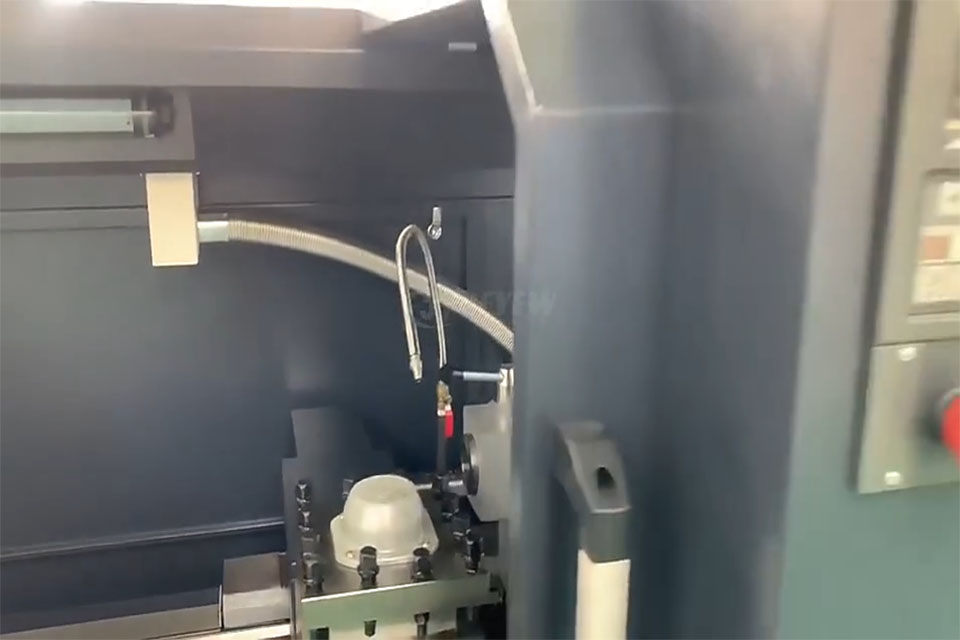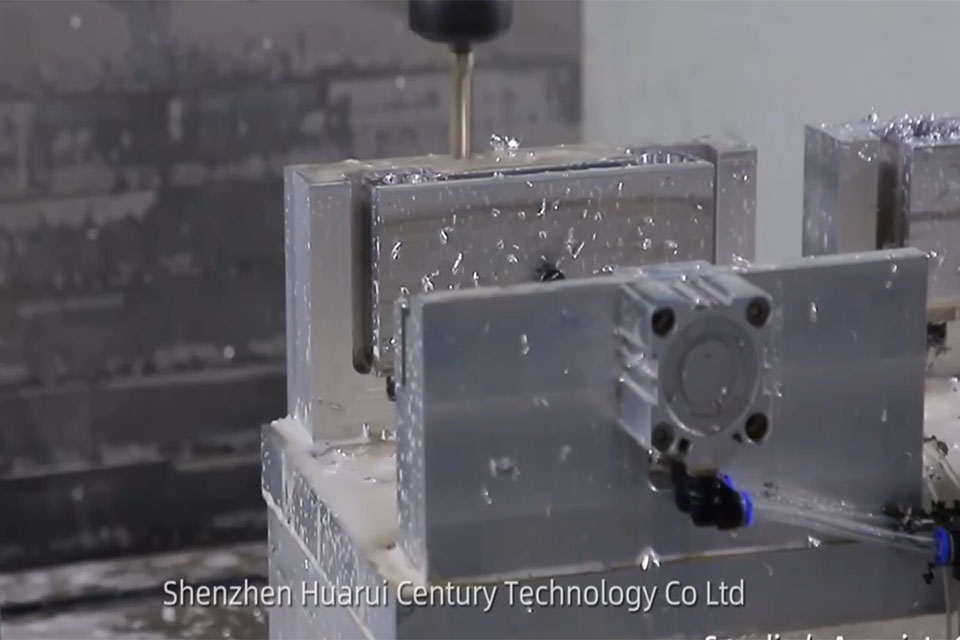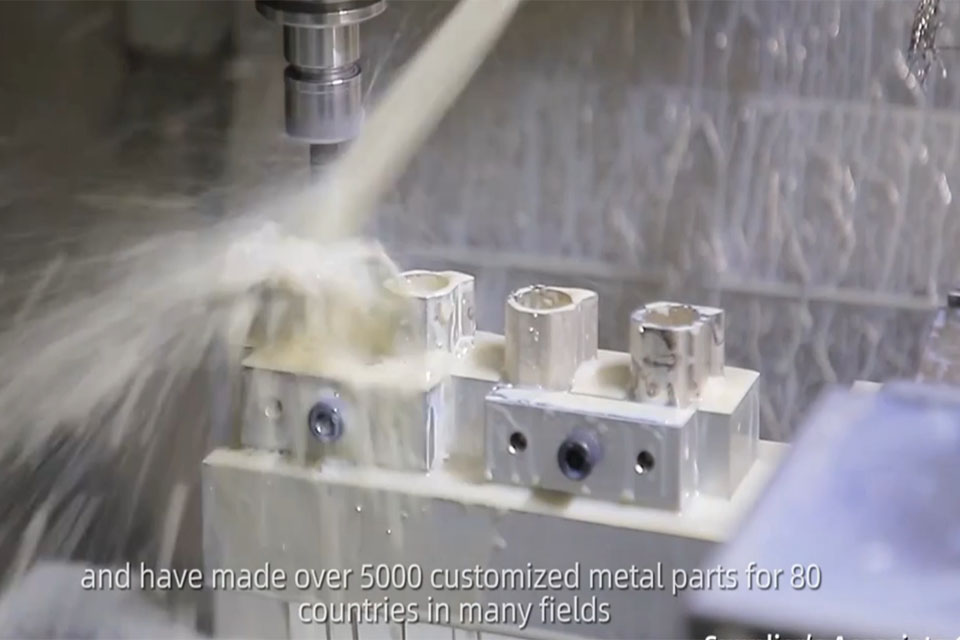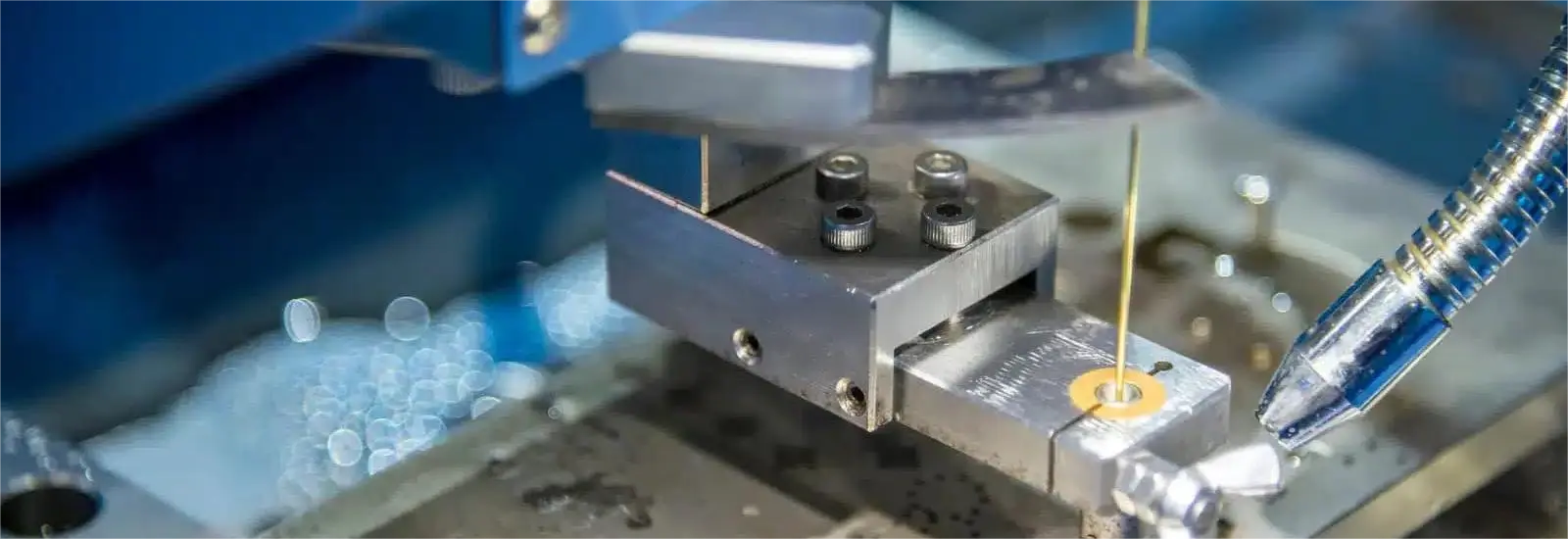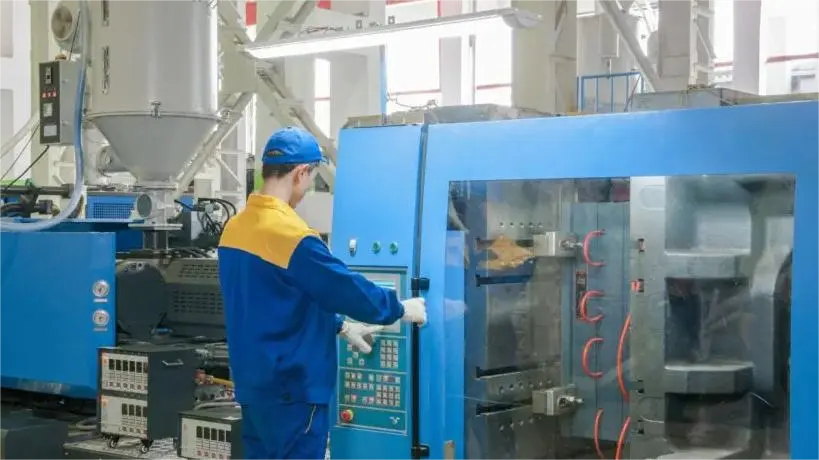
디자인 및 제조의 혁신: 디지털 패브리케이션의 힘 공개
목차
소개
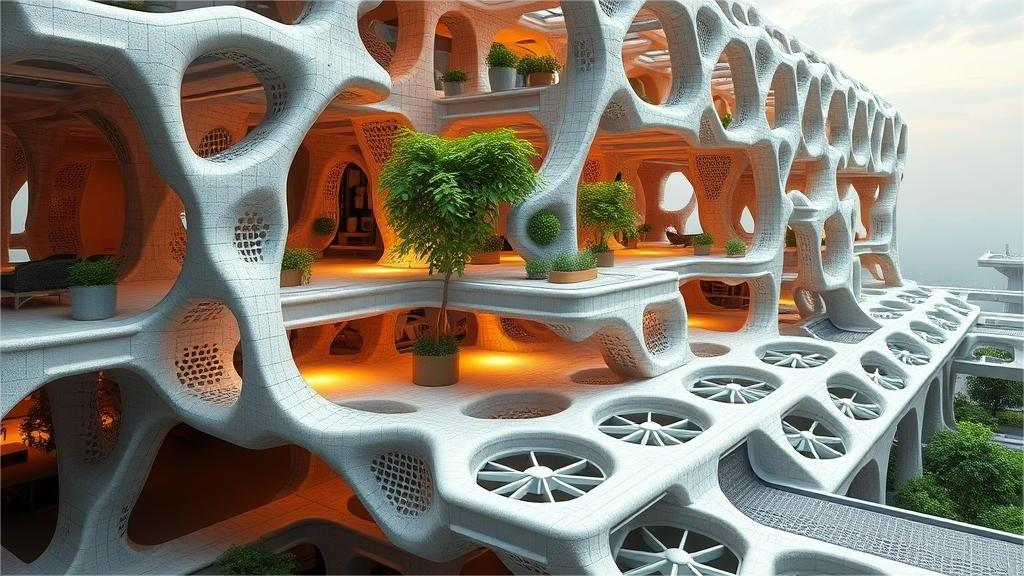
What is Digital Fabrication and Why is it Important?
Digital fabrication represents a paradigm shift in how we design and manufacture products. It leverages computer-aided design (CAD) and computer-aided manufacturing (CAM) technologies to automate the fabrication process. This means that designs created in digital environments are directly translated into physical objects using computer-controlled tools. In the past, there was a big space between drawing and building. Like when you draw a picture and then try to build it with blocks, they might not match up perfectly. The PDF says, “In ‘Translations from Drawing to Building,’ Robin Evans expands on the inevitable separation architects encounter between drawing, the traditional medium of design, and building, the final outcome of their work.”
Digital fabrication is crucial because it streamlines the production process, reduces lead times, minimizes waste, and enables the creation of highly complex and customized designs that were previously impossible or cost-prohibitive to produce. As the PDF states, “Digital practices have the potential to narrow the gap between representation and building, affording a hypothetically seamless connection between design and making.” We see this every day in our CNC machine shop. We can take a digital model and turn it into a real part quickly and precisely. This ability to quickly create prototypes and iterate on designs is a game-changer for product development. This is essential in today’s fast-paced world, where innovation and speed to market are critical for success.
How Does Digital Fabrication Narrow the Gap Between Design and Production?
Traditionally, the journey from design to production involved multiple steps, including manual drafting, model making, prototyping, and tooling, each with its own set of challenges and limitations. Digital fabrication, particularly through CNC 가공, simplifies this process by creating a more direct link between the digital design and the physical product. This is because the same digital file that is used to visualize the design is also used to control the machines that create the product. “Digital fabrication is often one of the final stages of this process, and it is very much what it sounds like: a way of making that uses digital data to control a fabrication process,” the PDF explains.
This integration of design and manufacturing offers several advantages:
- Increased Accuracy and Precision: CNC machines can produce parts with extremely high accuracy and tight tolerances, ensuring that the final product closely matches the original design.
- Reduced Errors and Waste: By automating the fabrication process, the risk of human error is significantly reduced, leading to less material waste and fewer rejected parts.
- Faster Iteration and Prototyping: Digital fabrication allows for rapid prototyping and quick design iterations. Changes to the design can be made in the digital model and easily implemented in the manufacturing process.
- Greater Design Flexibility: Digital fabrication opens up new possibilities for complex geometries and intricate designs that would be difficult or impossible to achieve with traditional methods.
What are the Core Techniques of Digital Fabrication?
The PDF highlights several core techniques that have emerged in digital fabrication, including sectioning, tessellating, folding, contouring, and forming. Each of these techniques offers unique capabilities and can be used individually or in combination to achieve a wide range of design outcomes. As a full-service CNC 솔루션 provider, we specialize in these techniques. For example, sectioning involves cutting a 3D model into a series of parallel slices, which are then fabricated and assembled to create the final form. This is a powerful method for producing complex shapes and structures.
Table: Comparison of Digital Fabrication Techniques
| 기술 | 설명 | 애플리케이션 |
|---|---|---|
| Sectioning | Cutting a 3D model into parallel slices for fabrication and assembly. | Creating complex shapes, architectural models, furniture. |
| Tessellating | Dividing a surface into a pattern of interlocking shapes. | Decorative surfaces, facades, shading devices. |
| Folding | Bending or creasing sheet material along predetermined lines to create 3D forms. | Packaging, furniture, architectural elements. |
| 컨투어링 | Creating a series of parallel lines that follow the surface of a 3D model, used for milling or 3D printing. | Topographical models, molds, complex organic forms. |
| 형성 | Shaping a material using molds or other shaping tools, often controlled by CNC machines. | Automotive parts, product housings, custom components. |
How Did Early Pioneers Like Greg Lynn and William Massie Use Digital Fabrication?
The PDF mentions Greg Lynn and William Massie as early pioneers in the field of digital fabrication. Greg Lynn’s work, particularly his 1999 book Animate Form, explored the use of computer animation and topological surfaces in architectural design. His Artists Space installation, described in the PDF, demonstrated how sectioning could be used to create complex, articulated forms from planar materials. “Greg Lynn was one of the first to experiment with digitally generated sectional construction as part of a highly influential design methodology,” the document states.
William Massie, on the other hand, used digital fabrication to create installations like Playa Urbana/Urban Beach, which employed laser-cut steel fins and PVC tubing to create a dynamic, flowing structure. His method, as described in the PDF, “coordinates well with conventional building materials,” making it practical for real-world applications. Massie’s innovative approach highlighted the potential of digital fabrication to transform common materials into extraordinary designs.
How Does Sectioning Work as a Digital Fabrication Method?
Sectioning is a digital fabrication technique that involves dividing a 3D model into a series of parallel slices or profiles. These slices are then fabricated using a CNC machine, such as a laser cutter, router, or water-jet cutter, and assembled to create the final form. The PDF describes sectioning as “a process of taking cuts through a formed three-dimensional object.” This method is particularly well-suited for creating complex shapes and structures that would be difficult or impossible to produce using traditional subtractive or additive manufacturing methods.
The process of sectioning typically involves the following steps:
- Creating a 3D Model: The first step is to create a digital 3D model of the object to be fabricated.
- Sectioning the Model: The 3D model is then sliced into a series of parallel sections using specialized software.
- Generating Toolpaths: The software generates toolpaths that guide the CNC machine in cutting out the individual sections.
- Fabricating the Sections: The CNC machine cuts out the sections from the chosen material.
- Assembling the Sections: The fabricated sections are then assembled, often using techniques like interlocking joints, adhesives, or mechanical fasteners, to create the final 3D object.
Sectioning offers a high degree of design flexibility and can be used with a wide range of materials, including wood, plastic, metal, and composites.
What Role Do Tools Like Laser Cutters Play in Digital Fabrication?
Laser cutters have become essential tools in digital fabrication, particularly for cutting sheet materials with high precision and speed. These machines use a focused laser beam to cut or engrave a wide range of materials, including acrylic, wood, fabric, and even some metals. As the PDF notes, “Laser cutters in particular have facilitated the conceptual and practical move from making models to executing full-scale construction.”
Laser cutters offer several advantages in digital fabrication:
- 정밀도와 정확성: Laser cutters can achieve very fine detail and tight tolerances, making them ideal for intricate designs.
- Speed and Efficiency: Laser cutting is a relatively fast process, especially for thin materials, which can significantly reduce production time.
- 다용도성: Laser cutters can be used with a wide range of materials, making them adaptable to various projects.
- 사용 편의성: Modern laser cutters are often equipped with user-friendly software that makes them relatively easy to operate.
How Can Digital Fabrication Enhance Materiality and Aesthetics?
Digital fabrication not only enables the creation of complex forms but also opens up new possibilities for exploring and enhancing the materiality and aesthetics of a design. By precisely controlling the fabrication process, designers can manipulate materials in novel ways, creating unique textures, patterns, and surface finishes. The PDF emphasizes that digital fabrication allows architects “to perceptually heighten and make visible the nature of this accretion through constructed repetition and difference.”
For instance, techniques like CNC milling can be used to create intricate surface textures or to carve away material, revealing the internal structure of an object. 레이저 커팅 can be used to create delicate patterns or to engrave surfaces with intricate designs. Digital fabrication also enables the use of non-standard materials or the combination of different materials in innovative ways. This allows designers to push the boundaries of what’s possible and create truly unique and visually compelling products.
CNC 머시닝 서비스의 혜택을 가장 많이 받는 산업은?
As a versatile and powerful set of manufacturing technologies, CNC machining services are used across a wide range of industries. Here are some of the key sectors that benefit from our expertise:
- 항공우주 및 항공: We produce high-precision components for aircraft, satellites, and spacecraft, meeting the stringent requirements of this demanding industry. 항공우주 industry requires precision.
- 자동차: We manufacture parts for cars, trucks, and other vehicles, including engine components, chassis parts, and interior trim pieces.
- 의료 기기: We create intricate and precise components for medical devices, such as surgical instruments, implants, and diagnostic equipment, adhering to strict quality and regulatory standards.
- 전자 제품: We produce enclosures, connectors, and other components for electronic devices, ensuring precise fit and functionality.
- 국방 및 군사: We manufacture durable and reliable parts for military equipment, vehicles, and weapons systems.
- 산업 장비: We create components for a wide range of industrial machinery, including pumps, valves, and automation systems.
- 소비재: We produce parts for various consumer products, from appliances and furniture to sporting goods and toys.
- 에너지 및 재생 에너지: We manufacture components for solar panels, wind turbines, and other renewable energy technologies.
- 로봇 공학: We create precision parts for robots and automation systems, enabling complex movements and functionalities.
What is the Future of Digital Fabrication in Architecture and Design?
The future of digital fabrication in architecture and design is bright. As technology continues to advance, we can expect to see even more sophisticated tools and techniques emerge, further blurring the lines between design and production. The PDF suggests that digital fabrication is leading to “a wealth of architectural invention and innovation.” We believe that the integration of artificial intelligence (AI) and machine learning (ML) with digital fabrication will open up new frontiers in design and manufacturing. AI-powered design tools will be able to generate complex and optimized designs based on specified parameters, while ML algorithms will be able to optimize manufacturing processes for greater efficiency and quality.
Furthermore, the increasing accessibility of digital fabrication technologies will empower a new generation of designers and makers to experiment, innovate, and bring their ideas to life. This democratization of manufacturing will likely lead to a surge in creativity and the development of new products and applications that we can’t even imagine today.
How Can Our CNC Manufacturing Services Help Your Business?
As a leading CNC manufacturing service provider and product manufacturing factory, we are committed to helping businesses of all sizes leverage the power of digital fabrication. We offer a wide range of services, including:
- CNC 가공: We operate state-of-the-art CNC milling, turning, and routing equipment to produce parts with exceptional precision and accuracy.
- 신속한 프로토타이핑: We can quickly create prototypes of your designs, allowing you to test and iterate rapidly.
- 판금 제작: We offer precision sheet metal fabrication services, including laser cutting, bending, and welding.
- 다이 캐스팅: We provide high-quality die casting services for a variety of metals.
- 표면 마감: We offer a wide range of surface finishing options to enhance the appearance and durability of your parts.
- Design Assistance: Our experienced engineers can assist you with design optimization and material selection.
- 어셈블리: 완벽한 어셈블리 서비스 to deliver finished products ready for use.
We pride ourselves on our commitment to quality, precision, and customer satisfaction. Our team of skilled engineers and technicians has extensive experience in digital fabrication and can provide expert guidance throughout the entire process, from design to production. By partnering with us, you can benefit from our cutting-edge technology, experienced team, and streamlined processes to bring your innovative designs to life.
자주 묻는 질문
What is CNC machining?
CNC machining is a subtractive manufacturing process that uses computer-controlled tools to remove material from a workpiece to create a desired shape.CNC 가공에 사용할 수 있는 재료는 무엇입니까?
A wide range of materials can be used, including metals (aluminum, steel, brass, titanium), plastics (ABS, polycarbonate, acrylic), wood, composites, and more.What are the advantages of using CNC machining over traditional manufacturing methods?
CNC machining offers greater precision, accuracy, repeatability, and design flexibility compared to traditional methods. It also enables faster production times and reduced material waste.How can I get a quote for my project?
You can easily request a quote by contacting us through our website or by phone. We will be happy to discuss your project requirements and provide a detailed quote.What tolerances can you achieve with your CNC machines?
Our state-of-the-art equipment allows us to achieve very tight tolerances, typically within +/- 0.005 inches or better, depending on the material and part geometry.Can you help with design optimization for manufacturability?
Yes, our experienced engineers can provide design for manufacturability (DFM) assistance to optimize your designs for efficient and cost-effective production.
결론
이 글에서 가장 중요한 내용은 다음과 같습니다:
- Digital fabrication is revolutionizing design and manufacturing by bridging the gap between digital models and physical products.
- CNC machining is a key technology in digital fabrication, offering precision, accuracy, and design flexibility.
- Techniques like sectioning, tessellating, folding, contouring, and forming are expanding the possibilities of digital fabrication.
- Pioneers like Greg Lynn and William Massie have demonstrated the transformative potential of digital fabrication in architecture and design.
- Industries such as aerospace, automotive, medical devices, and electronics are benefiting significantly from CNC machining services.
- The future of digital fabrication is bright, with advancements in AI and ML poised to further enhance design and manufacturing capabilities.
- Our CNC manufacturing services can help your business leverage the power of digital fabrication to bring your innovative designs to life.
Contact us today to learn more about how our CNC manufacturing services can help you achieve your design and manufacturing goals. We are confident that our expertise and commitment to quality will exceed your expectations.
댓글
우수 제품 사례
태그
관련 블로그
블로그에서 CNC 제작에 대한 최신 트렌드와 사실을 확인하세요.

